The 50 States Project is a series of candid conversations with interior designers across the country about how they’ve built their businesses. This week, Kirsten Grove and Sam Salinas of Boise, Idaho–based We Three Design tell us why they took the plunge to start a firm together, how motherhood factors into their business and what makes their city so special.
How did the two of you meet, and when did you decide to start a firm together?
Kirsten Grove: Before we started the firm, Sam was working for another one here in Boise, and before that, a large architectural firm. I’m self-taught, and had been doing some projects for builders when I started the design blog Simply Grove in 2008. I did a bit of blogging for MarthaStewart.com and some projects for Better Homes & Gardens, then started taking on design clients slowly.
After we met at a designer networking event, we stayed in touch, got to know each other, and then she called me one day five and a half years ago and said, “I just quit my job. I would love to get coffee. I’m not quite sure what I’m doing.” I was on a plane, about to go to Italy, but I was like, “You know what? When I get back, I would love to talk about starting our own firm.” And she was like, “Wait, what?”
Sam Salinas: My husband and I had one baby at the time, and we were living in a tiny house we had built with cash on my parents’ property—we were living a minimalist life, [within] our means and mortgage-free. And because of that, I had the freedom to quit my job when it wasn’t a good fit.
The day Kirsten got back, we had coffee and she’s like, “We have to do this. It’s too perfect and so serendipitous.” And at the time, I was just like, “Well, OK.” I had never really wanted my own business—which is hilarious, because now I love it, and I want to be a business coach. But at the time, I was like, “How can it hurt?” I had some clients from my old job who were reaching out, so it felt like a good time to try it.
Grove: I just knew we’d be really good business partners. And actually, long story short, we had a third partner who started with us—that’s why we called the firm We Three Design—but it just didn’t work out. It was a positive experience, no hard feelings, but we parted ways after about a year, right when the world was shutting down [at the start of the pandemic]. We really only had a slow two to three months, and then it just exploded here.
Coming from such different backgrounds and design perspectives, how have you rubbed off on each other over time?
Salinas: I bring a technical aspect that helps in her projects—and she brings this organic element of, like, “Sam, just remember why we’re doing this. This is about the client and making their dreams come true.” There’s on-the-fly stuff that does not scare her when it makes me sweat, and big stuff that’s going to take two years out of our lives that makes her nervous, when I’m like, “We got this.” I think that balance is so great for us.
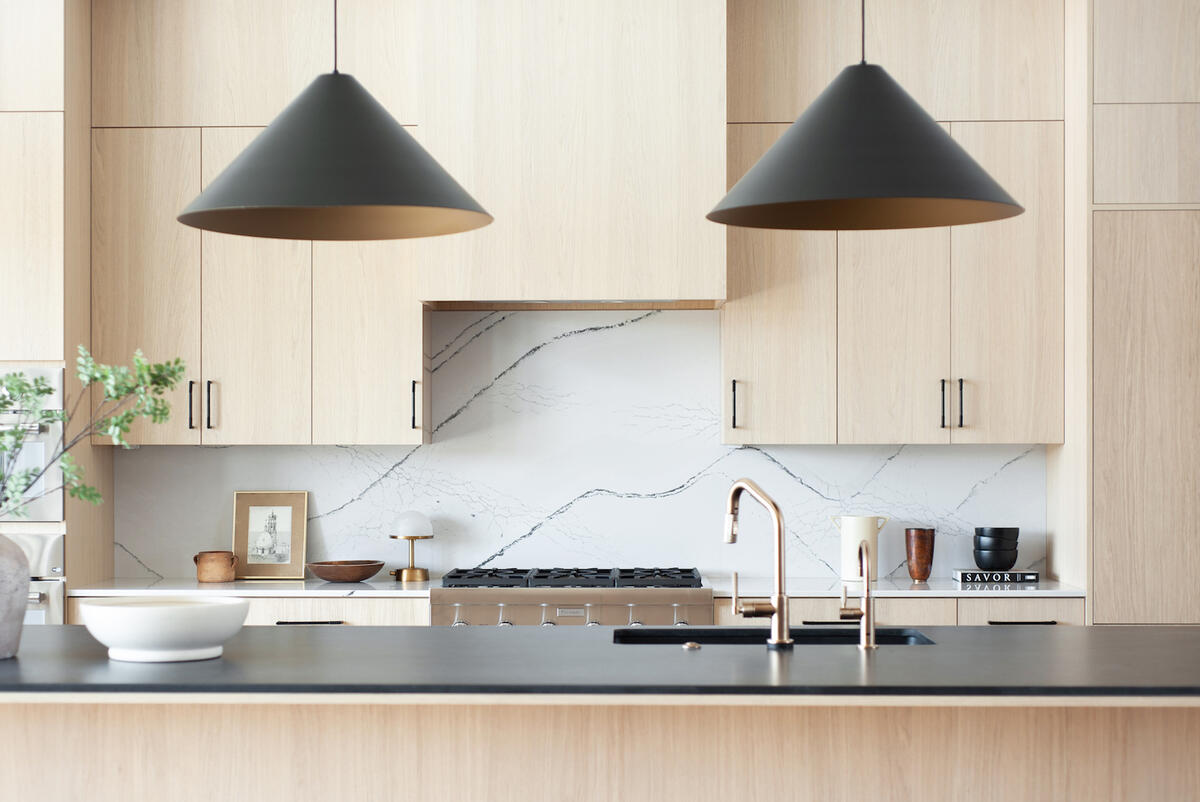
When the design boom started in Boise, had you been working together long enough to have the systems you needed in place?
Grove: We didn’t—we were learning as we went. Sam comes from a commercial background, and I was all residential, a lot of renovations. So we put systems together as we were going. That’s where Sam is brilliant. She has created these systems for us as a firm that will always keep us on the straight and narrow. I can dream. Sometimes I’ll say things in meetings like, “I have this goal in two years,” and she’ll look at me like, “You are crazy.” [For example,] I wanted us to make this amount of money by 2022. And we hit that goal and surpassed it. And we always laugh that my head really is in the clouds, but her systems are what is launching us into this world.
Salinas: With my background—from what I did in school, and then working at a commercial architecture firm—I was able to bring forms and standards: “Here’s a way that we can do this.” I started implementing those things slowly, [but] I come up with something new every day—I'm exhausting. Just today, I was revising the way we provide all of our deliverable documents, and the team was like, “OK, here we go.”
What are you adjusting for?
Salinas: Quality. I want to be at the top of our game. I want people who pay us the money to feel like they’re getting a good value. And technology is huge. I mean, the stuff I did in college took me 20 times longer than it does now because there are so many new programs available to us.
What are your favorite programs right now?
Salinas: We are really into Canva—it’s the Adobe Illustrator of our world. And then I use Bluebeam so much on the technical side, reviewing plans and architectural redlining. Bluebeam is my best friend and I couldn’t live without it.
Going back to the firm’s early days for a moment, what were the biggest challenges initially?
Grove: For so long, design here was very onesie-twosie. There just wasn’t a lot of structure to it. We didn’t take ourselves seriously as a city, I don’t think, because for a long time we didn’t grow. It wasn’t until Covid hit that we really grew—and then suddenly builders and contractors went from two houses per year to 100. We all had to get our acts together.
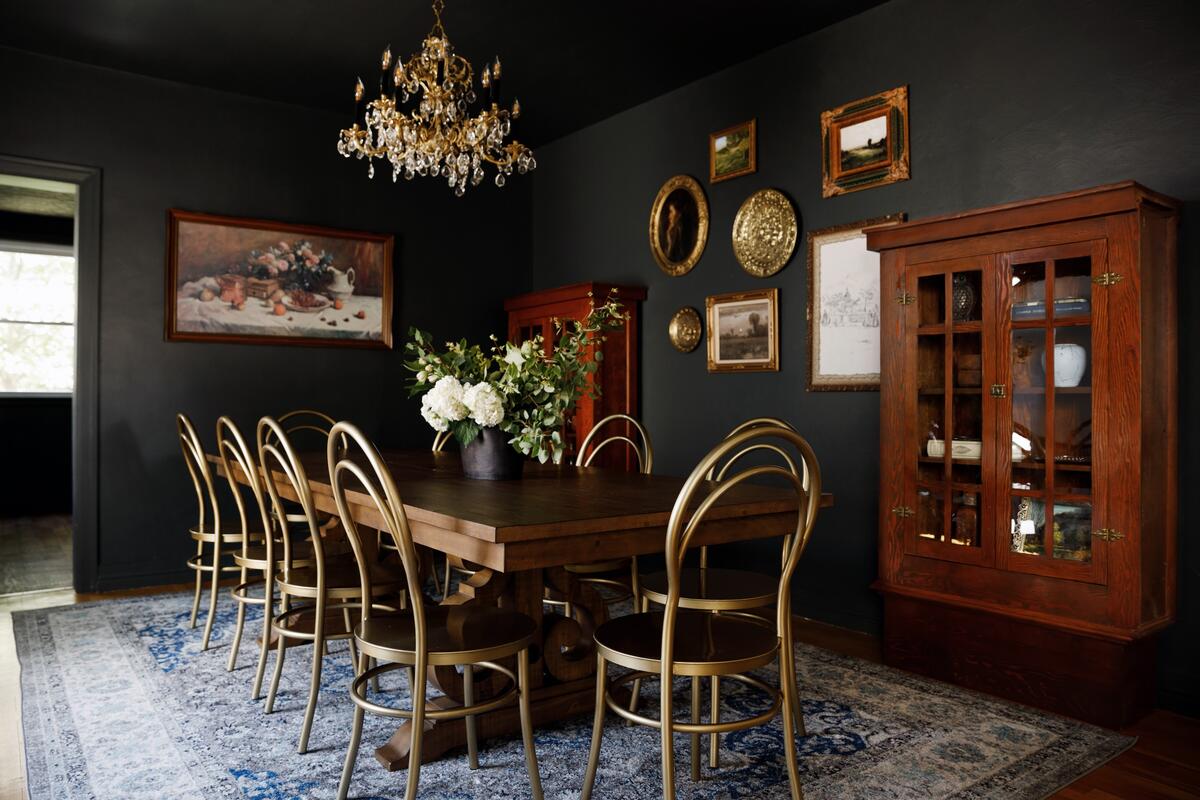
What made you realize you needed to start hiring?
Grove: About four years ago, we both were just feeling overwhelmed. So, we ended up hiring a junior designer, who did a lot of our admin and space planning for a time. Eventually, we hired another designer from an architectural firm—that’s Bernadette. She was able to do a lot of space planning—Revit, all of that—and is now a very important part of our team. She can do pretty much anything that Sam and I do.
So, is it just the three of you?
Grove: It’s just the three of us now, but we are hiring again soon. We haven’t put it out there yet, but we just came to the conclusion a couple of weeks ago that we’re crazy for [only] having three.
What are you going to be hiring for?
Grove: We’re still trying to decide that. We could hire a procurer who’s just doing furniture. Or do we bring on another designer for projects? We’re trying to process that. Sam and I just want to make sure that when we hire, it is the perfect fit, and that those hours they’re spending are saving our lives. By the way, Sam had twin babies last year, so now she’s got four kiddos, and I have a 17- and 18-year-old. We are also on very opposite sides of parenting. I’m almost done, and she is starting with four.
How does that shape the way you’re able to show up at work or how you’re thinking about the future?
Grove: Sam and I have a lot of compassion for each other. I know what she’s in, because I was in that season, and it’s hard. It’s hard to be a working mom in those moments. And then she has compassion for me, knowing that I’m kind of ending my journey with my kids being in school. My son graduates this year, my daughter graduates next year. We give each other a lot of flexibility. If we feel like our family needs to come first on a Monday, then we give each other that.
How do you divide up the workload?
Salinas: We do have our own set of clients, but we collaborate in the office all day. If it’s a really big project, the three of us will usually take it on together, but we have two of us on most jobs. Sometimes the second person is more like backup if the other is on vacation, but we always try to tag-team—not only for the customer service aspect, making sure we’re always available to our client, but also for the collaboration. It’s funny, I was just telling Kirsten today that sometimes I just have to fake it: I’ll run into somebody who’s like, “We’re so in love with you guys, and our project is coming along so well,” and I don't even know who they are.
In the beginning, we just survived, to be honest. We were taking every project. Now that we don’t have to do that, I think we’re in a good position to have a good relationship fit so that the client has the best experience—and we have the best experience too.
Are the two of you looking for different things when it comes to client fit?
Salinas: One hundred percent. There are some clients where she is like, “I cannot,” and for me it’s no problem—and I can definitely think of a couple of clients she’s had that would make me pull my hair out but she was fine.
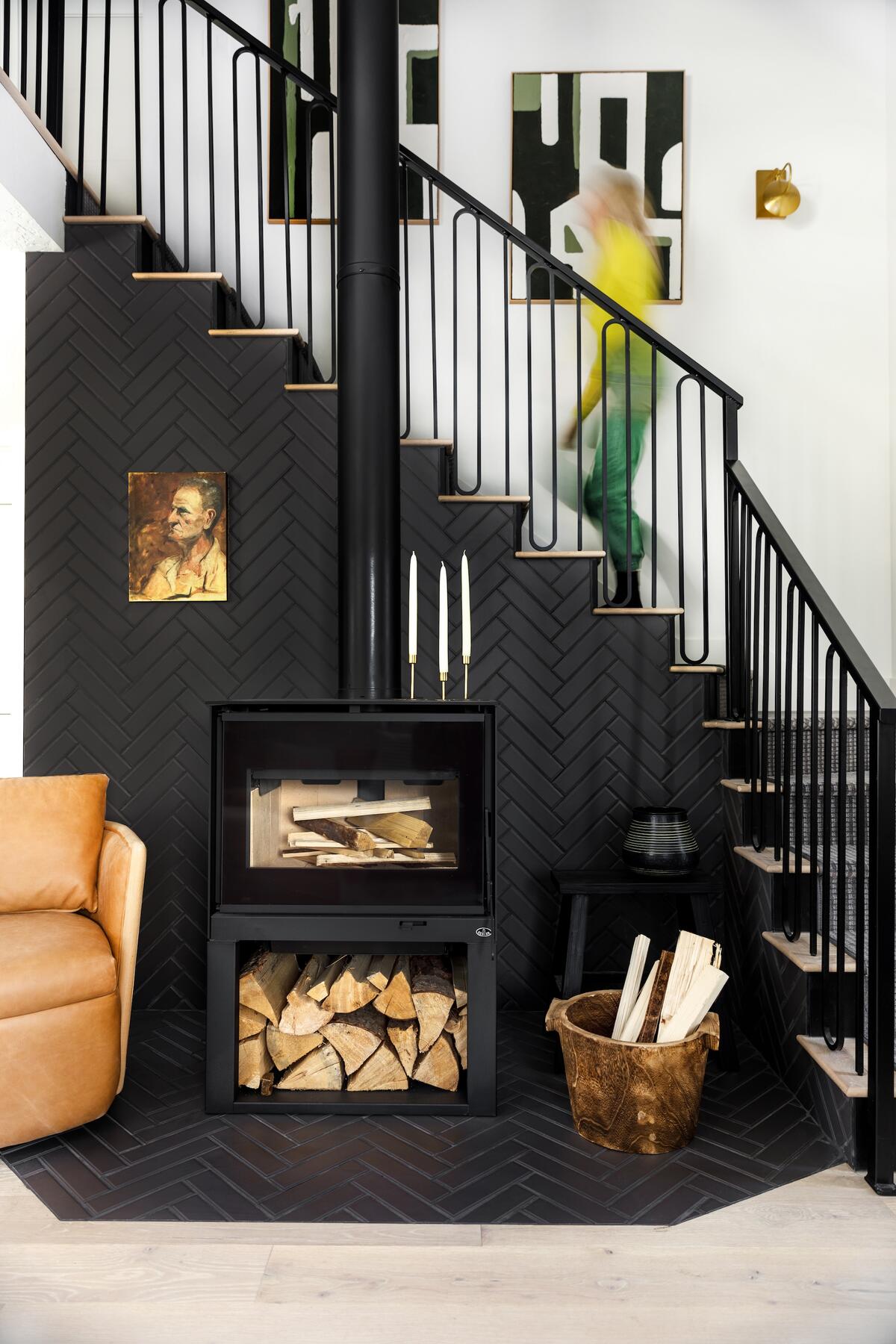
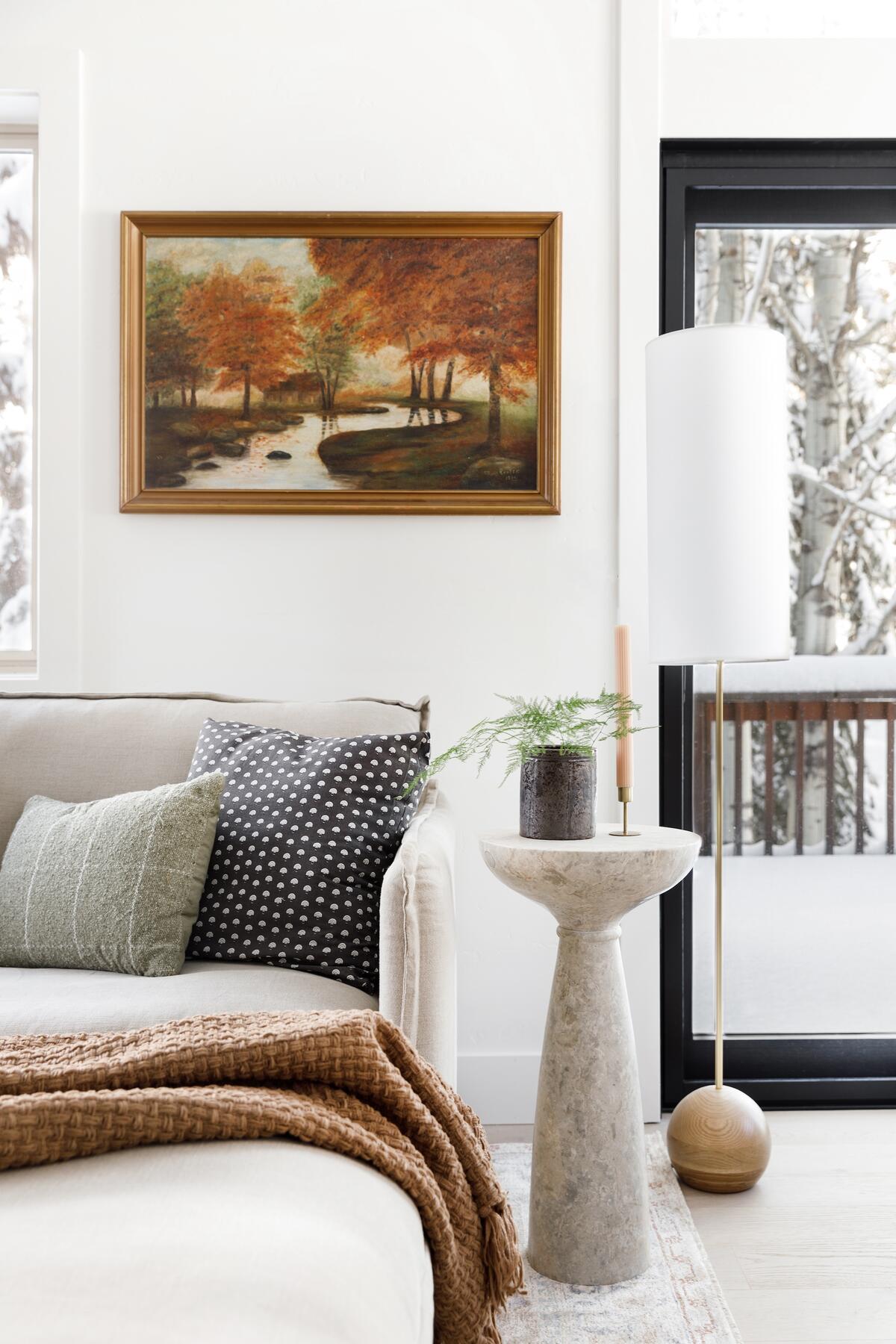
As the firm grows, what are the roles in the firm that you will hold on to for yourselves?
Grove: I think overall, Sam and I are still the faces of We Three. We will always want to stay involved in design direction and maintain a level of intentionality [in hiring] a designer: “OK, we are We Three. This is what we offer. I love what you did in this project, but let’s steer it a little bit to the left, because that’s going to be a better representation of us as a brand.” That will always be the case.
These days, what are the tasks that you are determined to hand off or outsource?
Grove: We [outsource drawings and schematics] to good draftsmen. We outsource renderings. But pretty much everything else we do in-house.
Salinas: Our outsourcing has been really strategic. It has not only saved our team from doing stuff we don’t necessarily love—because none of us love sitting and drafting—but it also takes a lot of time. Outsourcing also puts that task in the hands of a professional who does it daily: someone who knows what they’re submitting for permit, who knows what the city or neighborhood might require, anything like that. It gets rid of that level of stress for us, and it allows us to be more free with our designs, because we can lean on the expert to tell us if this will work or not. The alternative would be sitting there and drawing it, and then being like, “Figure it out”—that’s a builder’s nightmare, and ultimately we come out looking bad.
But as we grow our team, that is one thing we are looking for: somebody who is versed in that world and has the architectural knowledge so that we can talk about quick changes or things on the fly that we don’t necessarily want to throw back to an architect and wait a week for.
What is a full plate these days for the three of you in terms of project load? What’s reasonable to take on?
Grove: Well, right now our list is about 36 projects. But that’s big and small. We just finished a 30,000-square-foot commercial project for a beauty company that took two to three years, but I’m also going back and doing just the furniture in the living room for a past client.
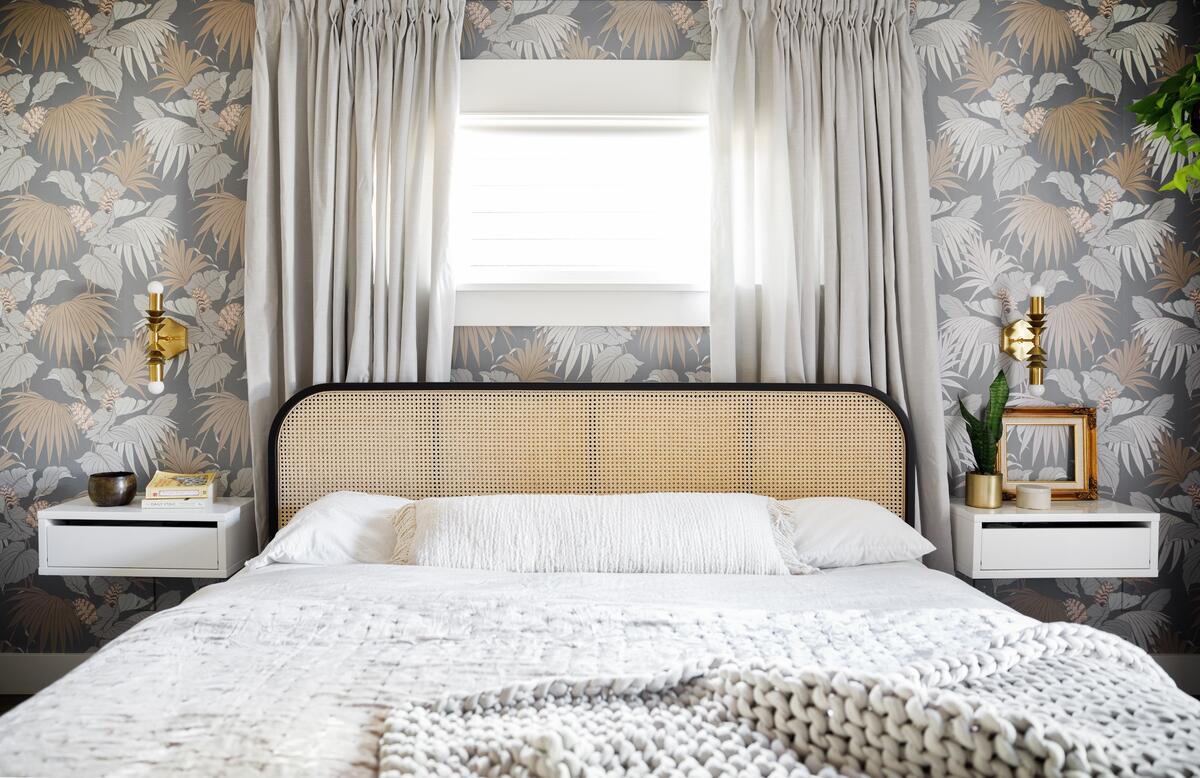
Do you photograph all of your work?
Grove: We photograph 60 to 70 percent. There are some new constructions that are done in such a fast way and we don’t get to style them, so we’re not photographing that side of the business. But any renovation, any custom new builds, we are trying to photograph. We have probably 10 projects to photograph this summer.
Is the return on investment worth it just to be able to show that work and get new jobs from that?
Grove: Absolutely. And I understand it is expensive, but it is so worth it for us. I was having this conversation with a designer a couple of weeks ago because she had gotten a bid back from a photographer and she could not believe the price. And I was like, “I’m telling you right now, it’s so worth it.” And it’s funny, we don’t even put all of our professional pictures on our Instagram. We have a contractor who does our Instagram—all the Reels and pictures and videos, which is separate from our website. But it’s still so worth it for us.
As someone who was in the blogging space, who really dug into the storytelling side of this industry, how did you get comfortable letting someone else tell your story on the internet?
Grove: Burnout. And it’s so funny, because for so long, I felt ashamed that I would even think to hire someone, because I’m like, “Wait, this was my job for so long.” But when it came down to it, I just couldn’t keep up with the social media side. And I was starting to feel guilt for that, you know? And then social media changes so fast, and I was not keeping up with it. [I feel like] like you’re either designing a house or you’re doing social media, but you can’t do both. I got to a place where I felt like I was doing both, but everything was average.
Then I found Erica, who does our Instagram part-time. She’s a graphic designer who lives here in Boise; I noticed her social media and thought what she was doing was so beautiful and fresh.
What is the brain-dump process to make sure that the voice and the vision is still the firm’s?
Grove: Erica and I do a really good job of talking all week long about ideas, [things we saw on Instagram or pictures I’m taking on a job site]. I [also] take her on a lot of job sites with me to brainstorm different ways to showcase the home. She does a great job forcing us to talk on social media—it was definitely a win getting her on our team.
How have you approached your personal brand online?
Grove: It’s changed so much in the last 10 years. People following me personally want to see my family, my husband, my teenagers. I laugh, because my engagement will go down quite a bit if I have not posted my family. Like, OK, I get it, you don’t want more of me. But especially my husband and I together,—that always has the highest engagement. And so, it’s gone from Kirsten the designer, to Kirsten’s a designer and a wife and a mom and she likes fashion on the side.
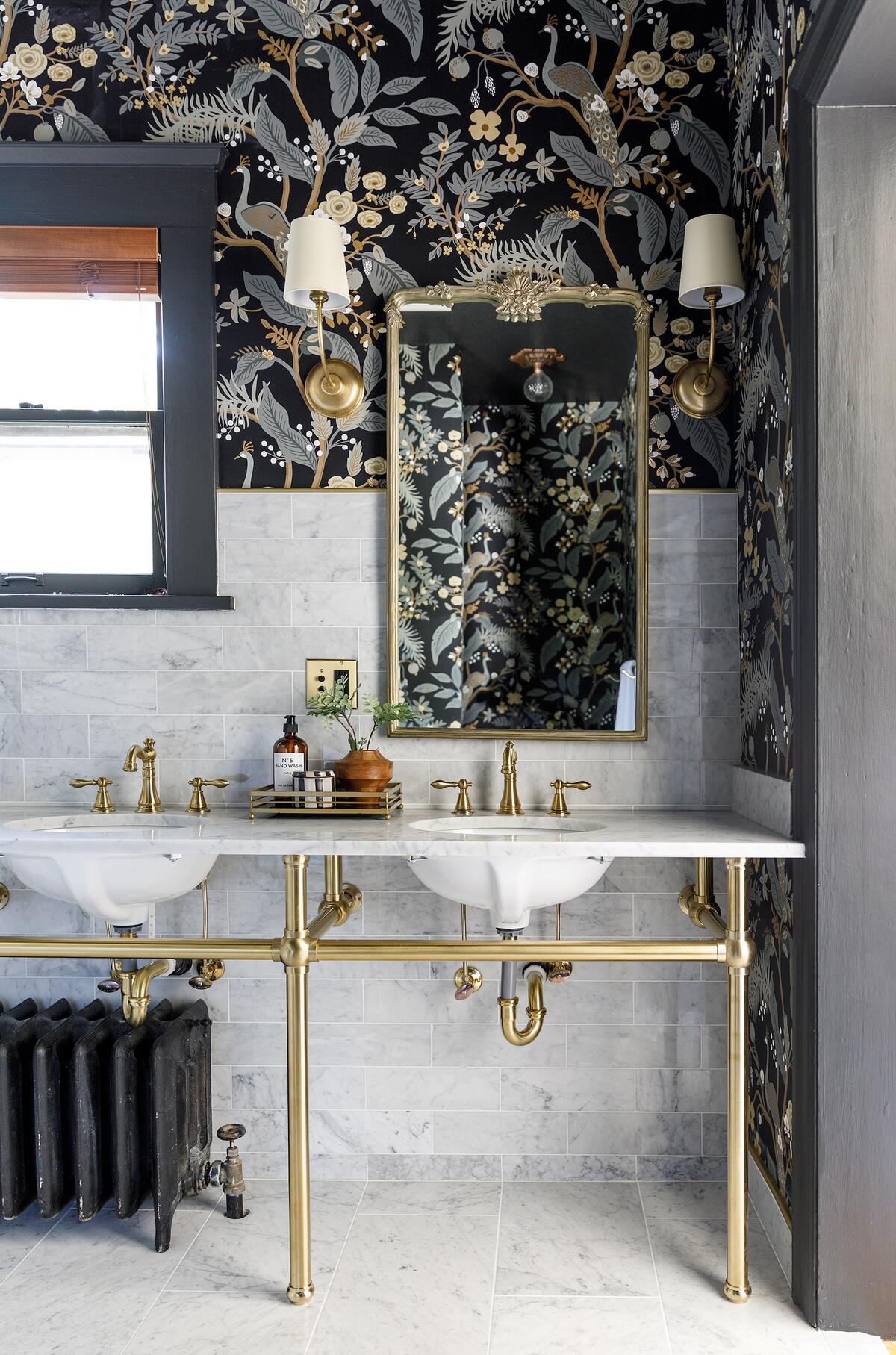
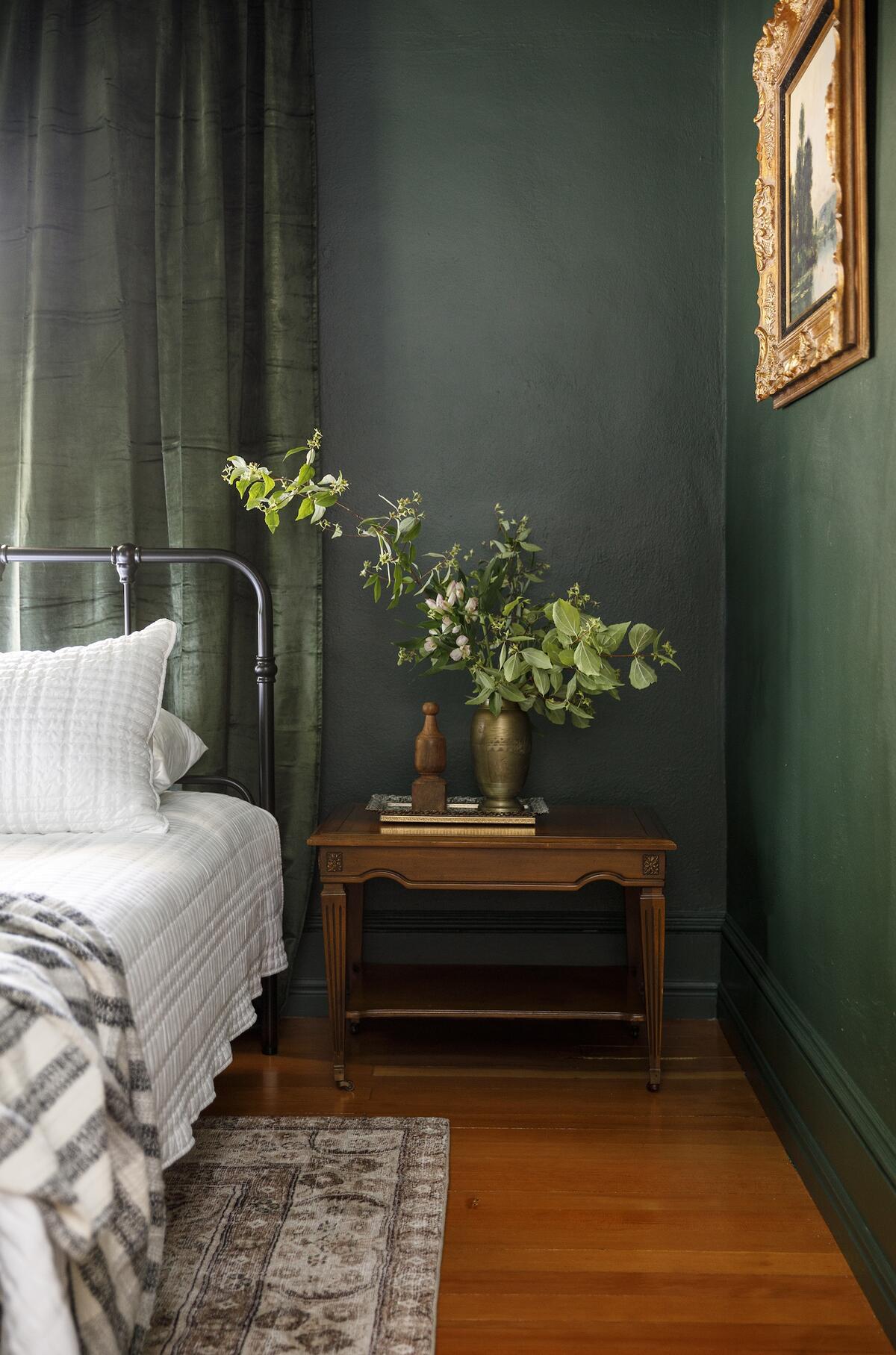
Can you tell me a little bit about what’s unique about the design scene in Boise?
Grove: Boise is a beautiful melting pot of makers and designers that have found refuge here. Not everyone that moved here during Covid stayed. I think a lot of people moved a lot of places, and then realized, “Oh, wait, I was just running away from a problem, and now I actually miss where I came from.” But the people who stayed here, they love Boise—they’re invested.
I would say our industry is still catching up. We’re creating a showroom within our studio because we really want to bring our clients to us, but as far as design showrooms, [Boise is] still catching up. But on the maker side of things, we’ve got such amazing talent here. We work with a woodworker, his name is Ty Howard, and he’s done so many projects with us and he is a master craftsman. And sometimes I’m like, “Holy cow, thank God you’re in Boise—you just make such beautiful work.” And then we’ve got guys that do amazing metalwork—the talent behind our makers and our craftsmen is next level. But when it comes to retail, we’ve got some growing up to do—though we’ve got a few designers doing really cool things.
Will your showroom be just for clients?
Grove: It will just be for clients. I’ve done retail—I had a shop in 2018, and it wasn’t for me, but we still want to tap into e-commerce and offering things online as a firm. We are starting to carry furniture in our showroom that you cannot find here in Boise. But then also we have a whole library collection of tiles, countertops, flooring, fabrics, wallpapers, wood species, grout colors. So, we could bring you to our showroom as the client and show you your new construction build from the kitchen all the way to the laundry room. And then while we’re at it, let’s look at some furniture options.
How do you approach billing?
Salinas: From the very first inquiry, we lay it out there with our services, like, "Hey, we are so excited to hear more about your project. Just so you know, we will come out and visit you. We want to hear more, and should you decide to move forward, that consult time is included; but if you decide it’s not a fit, we will bill you $150 for the hour. And if you’d like to proceed, let us know what dates you're available.” So we lay it out there right away that we’re not cheap, and if you value us and are approaching us out of seriousness, not just on a whim one night when you’re scrolling Instagram, then you’ll pay the $150 to have us out.
It's important to note that we are professionals at the start. We do not do this for free, and it’s much easier for me to say that and just not be emotional about it. I do have to sometimes get ahead of Kirsten. She’ll want to give hours, or she doesn’t feel quite good about something that went on and doesn’t want to charge for it, and we’ll talk through it. And I honor anything. If her gut tells her it’s not right, it’s not the client’s responsibility to pay, I definitely honor it. But if she’s simply feeling guilt because of the time it took to do such a task, I’m like, “No way. I’m billing for it, and let me talk to them.” And it does not scare me.
Grove: Once we’ve talked about the project and their needs, I [dive] right into [budget and] how our fee works. Because it’s that conversation where if a designer is not upfront right away, and they’re not clear at the beginning, it is gonna bite you at the end.
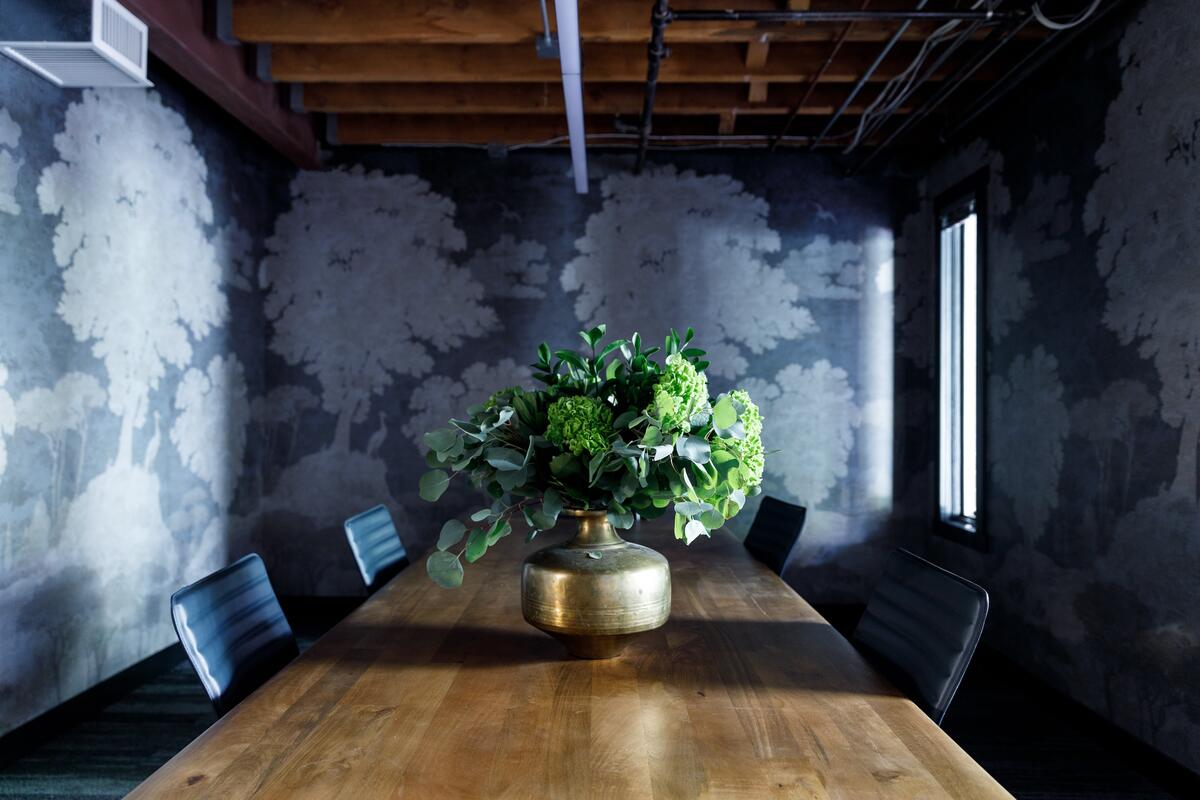
When you look back, what is the one thing you know now that you wish you would have known when you started the firm?
Grove: I always say that you have to have leather skin. At the beginning, I wish I wouldn’t have taken criticism from local industry people so seriously, because looking back, we’re all in this together. We’re all trying to get a job done. I’m such a people pleaser, and I want everyone to love me—I wish that I could tell my younger self, “You made a mistake. Don’t worry about it! Get over it, learn from it and move on.”
Salinas: And not every project has to be a home run. You can design something that you think is basic or simply cutting it, and it is an absolute dream for a client. So, I think just really homing in on what people need and what they’re saying to you [and] disregarding what you think it should be or what you think it should look like in your portfolio or on your website.
What is the secret to a successful partnership?
Grove: Communication, being honest with each other, never hiding your feelings. Saying no to being passive-aggressive. It’s like you’re married, right? You’re with them all the time, you’re talking about the ugly parts of the business, the beautiful parts of the business. And if you don’t know how to communicate with each other or you become passive-aggressive with each other, it will not sustain. So, we have learned through hardships that communication is key to everything. And for Sam and I, we respect each other, we value each other. In my weaknesses, she’s super strong. In her weaknesses, I’m super strong. We value that and we don’t undercut one another. That’s very important to us: Our employees and clients will never hear us talk bad about each other.
What does success mean to you?
Salinas: I think success for me is [providing] our clients with fantastic customer service and bringing knowledge to the table, bringing value to the table. When they walk away and say, “We couldn’t have done this without you,” that’s success.
Grove: Success to me also means you’re laying your head on your pillow every night and you are happy and you’re content and you know that that same day you were kind and you were empathetic but you worked like a boss. That is success.
To learn more about Kirsten Grove and Sam Salinas of We Three Studio, visit their website or find them on Instagram.





























